Guides & Tips
Etiquette in the Middle East

When traveling to the Middle East, it is important to be aware of the various traditions and customs that both men and women need to consider.
Men must also be well-informed and knowledgeable about etiquette in the Middle East when traveling, just like women.

While it may seem like women bear most of the pressure, men also need to conduct thorough research to avoid causing offense or embarrassment.
Recently, Dave and I discussed the differences between men and women in travel for TripIt. As we delved into the topic, we discovered more and more ways in which travel experiences differ between genders.
With TripIt focusing on women’s travel and safety this summer, we felt it was a good time to address travel etiquette in the Middle East for both men and women.
The Middle East can be a confusing place to travel in terms of customs and traditions, but by following a few simple rules, it can be one of the most rewarding destinations on the planet.
Etiquette in the Middle East
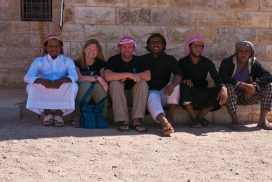
When it comes to travel etiquette, the Middle East is one of those regions where it’s important to do some research before your trip. The area has many traditions, rules, and customs that can be confusing at times.
While women often need to consider aspects like dress and behavior, men also need to adhere to many rules.
Here are some travel etiquette tips we learned from our travels to countries like Jordan, Morocco, Egypt, and Sudan.
Read: Is it Safe to Visit Iran?
Proper Dress
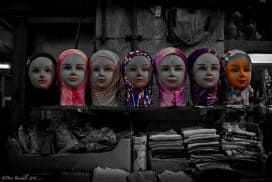
When traveling to the Middle East, it’s important to adhere to the traditional dress code. While you don’t have to buy everything the locals wear, dressing modestly is recommended.
Check out 10 Amazing Things to do in Jordan
Men:
Men should wear long trousers and a shirt that covers their shoulders. A T-shirt is acceptable, but a button-down shirt is preferable. Shorts are allowed for men, but they should be knee length.
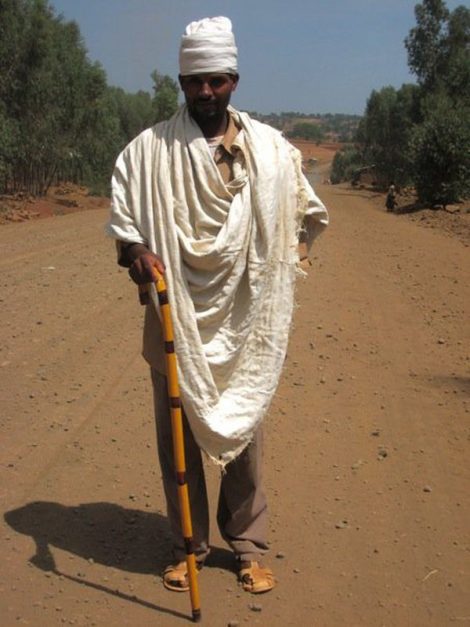
Women:
Women should wear long pants or skirts and long-sleeve shirts that cover the chest area and nape of the neck. While it may seem hot in the Middle East, loose, light clothing is comfortable and often feels better than wearing shorts.
Following the etiquette in the Middle East is crucial.
While a headscarf is optional for foreign visitors, wearing one can help you blend in, show respect for the culture, and avoid unwanted attention.
Learn more about the Middle East in our Marrakech Travel Guide
Holy Sites

When visiting mosques or other religious sites, women must wear a headscarf. In some places, men may also be required to wear head coverings.
Visitors are expected to remove their shoes, maintain quietness, and show respect to worshippers.
Greetings
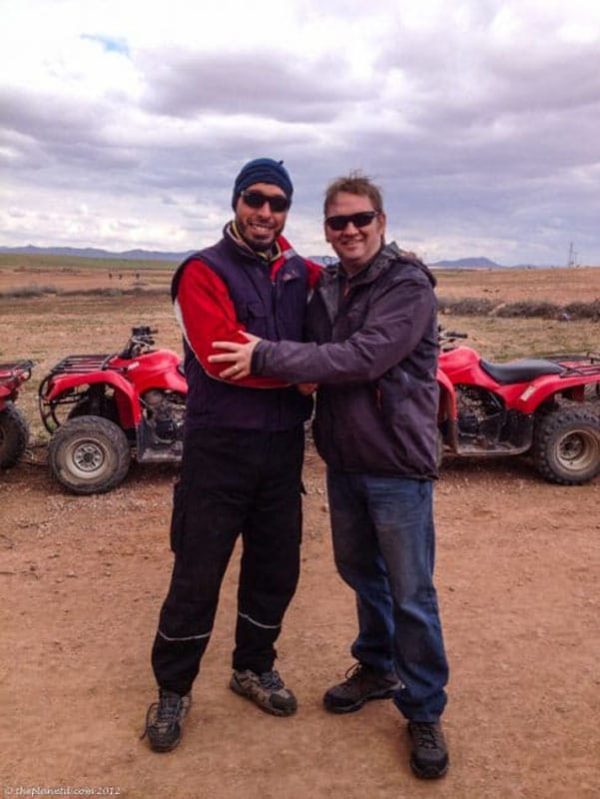
When greeting someone in the Middle East, it is customary to say hello using the phrase “Asalamu Alaykum.” Men typically shake hands with each other and may hold the handshake for a long time. Men should not shake hands with women unless the woman extends her hand first. If she doesn’t, a nod and “Asalamu Alaykum” suffices.
As you become more acquainted with people, they may offer a kiss on the cheek and a hug. However, this is only after a strong familiarity is established and if they initiate it. Following their lead is key.
Enjoy: Walking Amman
For more on Middle Eastern Culture and Etiquette, check out our Video from Marrakech below
Marrakech Traditions and Customs
[embedyt] https://www.youtube.com/watch?v=jpOz1ZKoI_Q[/embedyt]
Subscribe to our youtube channel for weekly travel videos
Hospitality Etiquette in the Middle East
The people of the Middle East are known for their generosity and hospitality. It is common to be invited for tea.
If you are invited for dinner, it is customary to bring a token of appreciation, such as figs or pastries.
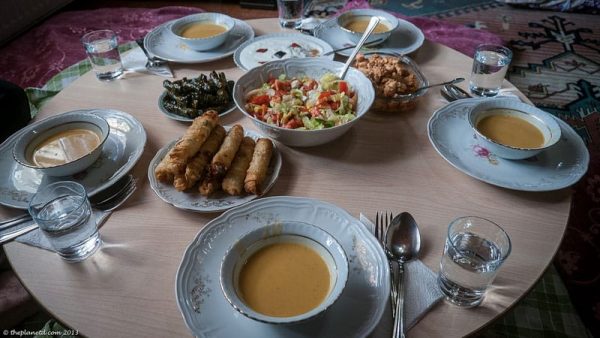
Shoes: Additionally, it is important to remove your shoes before entering a house (slippers may be provided) and avoid showing the bottom of your feet while sitting.
Use Right Hand: When eating, always use your right hand for taking and eating food. Remember to wash your hands before meals.
Praise: Be cautious when complimenting decor, as some may feel obligated to give you the item you praised.
Call to Prayer

During your visit to the Middle East, you will hear a male voice singing from loudspeakers throughout the city. This is the call to prayer, performed five times a day to summon people for prayer. During this time, some shops may close temporarily, but business resumes shortly after.
Affection
Public displays of affection are not common in the Middle East and should be reserved for private moments.

Even holding hands can attract attention, as it is uncommon for men and women to do so in public. Observing the locals, you’ll notice that same-sex individuals often hold hands. Men may walk hand in hand or arm in arm, while women frequently walk arm in arm.
When out with friends, consider following this practice.
We find great joy in immersing ourselves in different cultures and embracing their customs. It enhances our travel experience and makes it more fulfilling.
Traveling to the Middle East may require extra research and adherence to specific rules compared to other destinations. However, when you respect and adopt their customs and traditions, it can result in one of the most enriching travel experiences you’ll ever have.
Read More:
-

 Destination8 months ago
Destination8 months agoSingapore Airlines CEO set to join board of Air India, BA News, BA
-
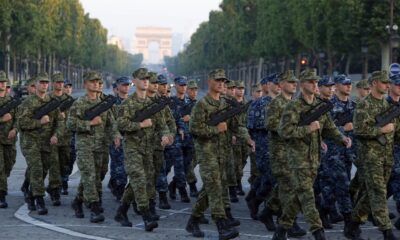
 Breaking News10 months ago
Breaking News10 months agoCroatia to reintroduce compulsory military draft as regional tensions soar
-

 Gadgets4 months ago
Gadgets4 months agoSupernatural Season 16 Revival News, Cast, Plot and Release Date
-

 Tech News12 months ago
Tech News12 months agoBangladeshi police agents accused of selling citizens’ personal information on Telegram
-

 Productivity11 months ago
Productivity11 months agoHow Your Contact Center Can Become A Customer Engagement Center
-

 Gadgets4 weeks ago
Gadgets4 weeks agoFallout Season 2 Potential Release Date, Cast, Plot and News
-

 Breaking News10 months ago
Breaking News10 months agoBangladesh crisis: Refaat Ahmed sworn in as Bangladesh’s new chief justice
-

 Toys12 months ago
Toys12 months ago15 of the Best Trike & Tricycles Mums Recommend























